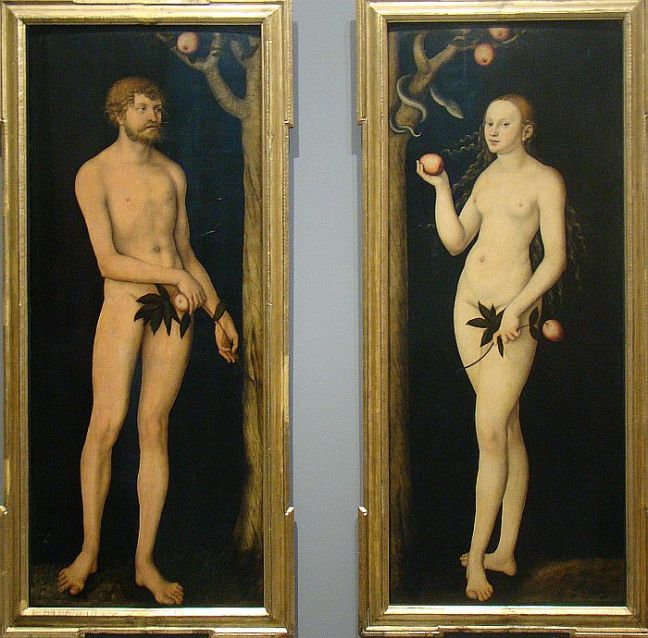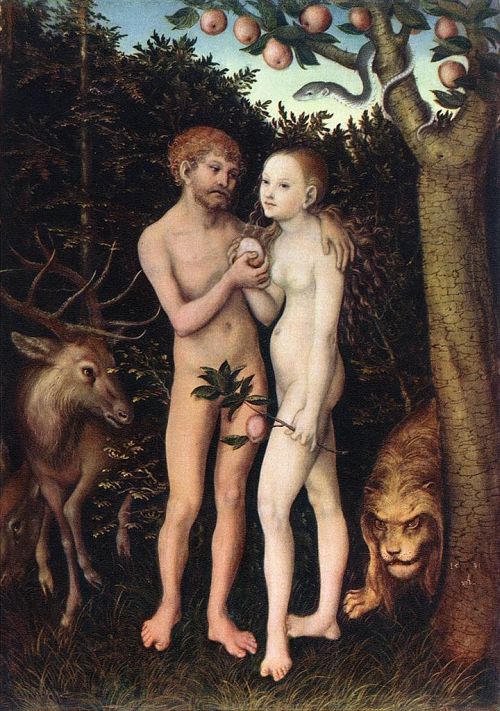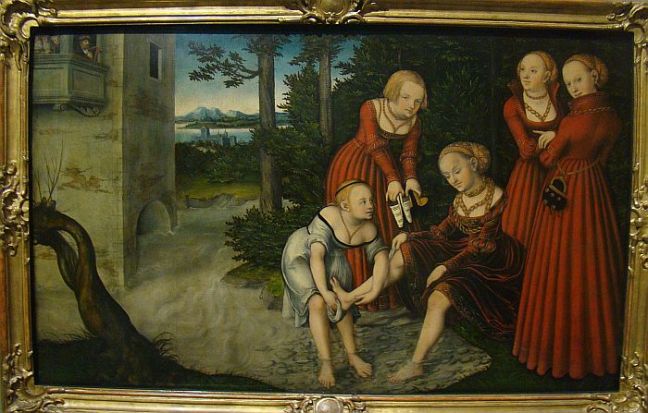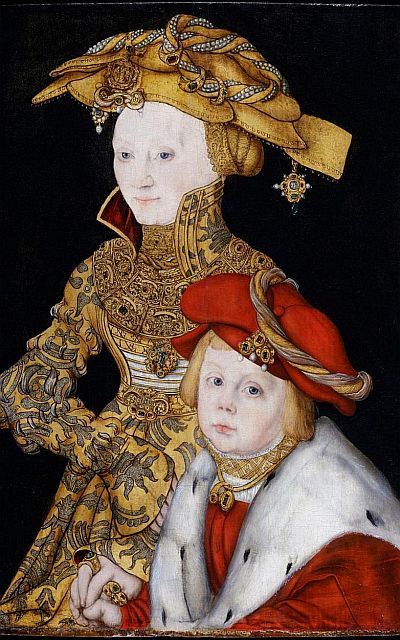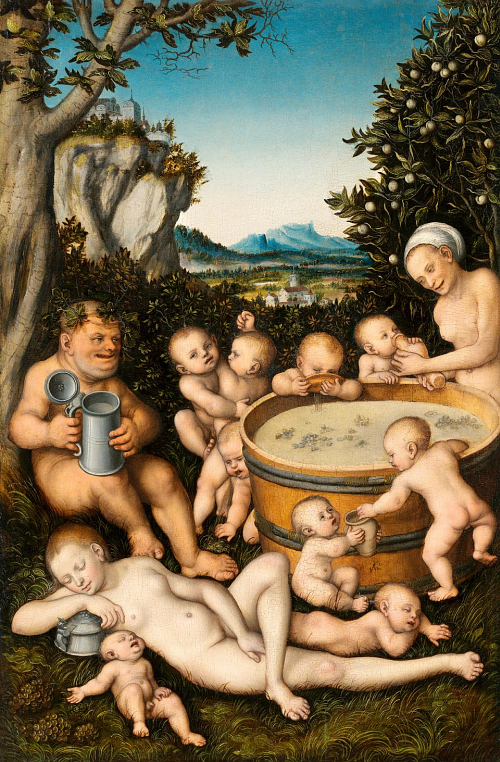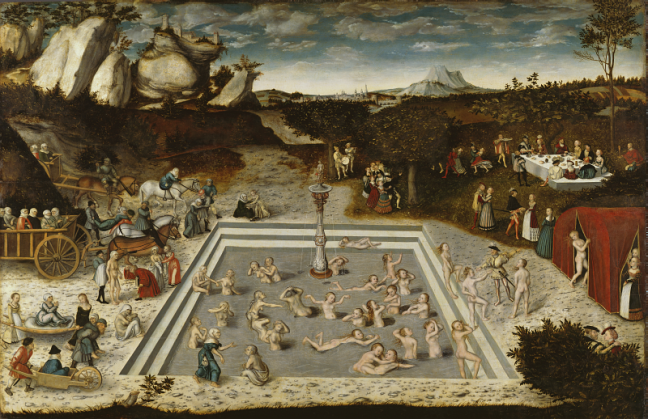Masolino da Panicale (Tommaso di Cristoforo Fini) (c.1383-c.1447).





Masolino was probably the first painter to make use of a central Vanishing point in his 1423 painting St. Peter Healing a Cripple and the Raising of Tabitha.









Masolino da Panicale (Tommaso di Cristoforo Fini) (c.1383-c.1447).





Masolino was probably the first painter to make use of a central Vanishing point in his 1423 painting St. Peter Healing a Cripple and the Raising of Tabitha.








Robert Campin (Master of Flemalle) (c.1375-1444).









According to the Book of Miracles (Augsburg Book of Miraculous Signs), mid 16th Century.
If you want to know more, click HERE.








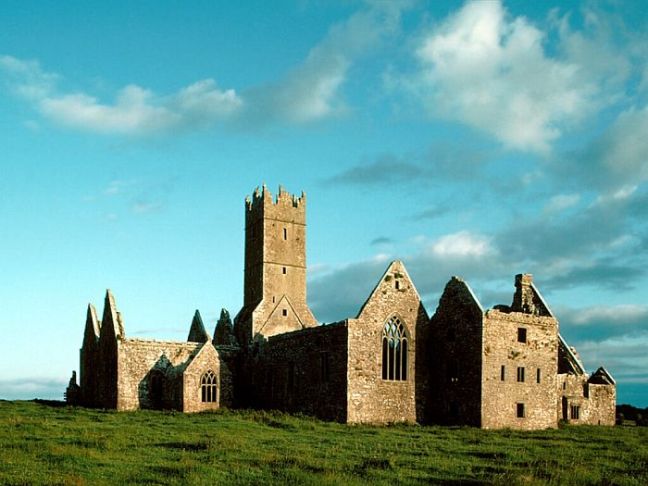
The Ross Errilly Friary is a medieval Franciscan friary located about a mile to the northwest of Headford, County Galway, Ireland. It is a National Monument of Ireland and among the best-preserved medieval monastic sites in the country.
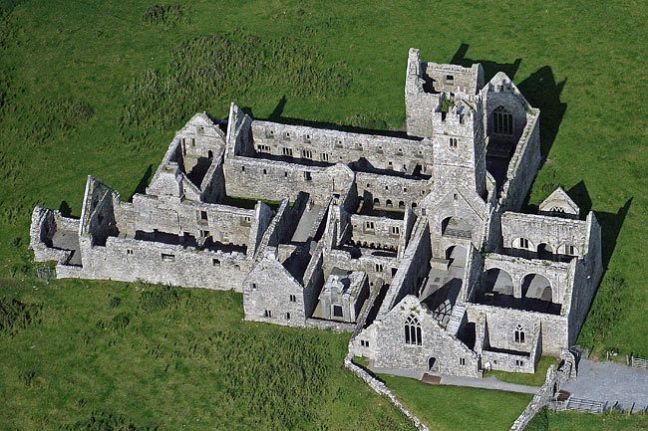
1460: This is the most likely date that Ross Errilly friary was founded in.
1472-1474: Lady Nuala O’Donnell, mother of Red Hugh O’Donnell (d.1505) is said to have gone in person to a Chapter taking place in the friary of Ross, to appeal for the establishment of a Franciscan friary in Donegal.
1469: The earliest contemporary reference to Ross Errilly friary occurred when John Blake, a Galway citizen, bequeathed forty pence to the friary of Ross.
1496: The will of a Galway merchant, John Lynch, made a bequest to the friary of Ross.
1540: The friary was official dissolved during the general suppression of monasteries.
View more information HERE.

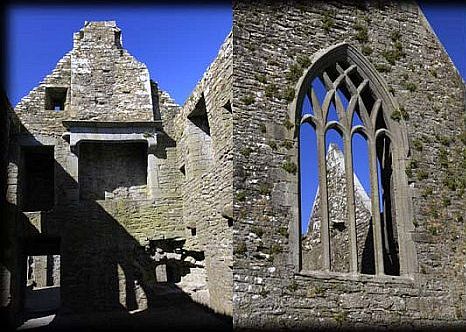
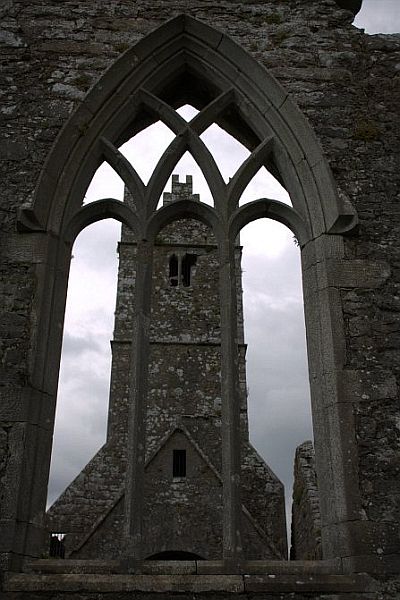
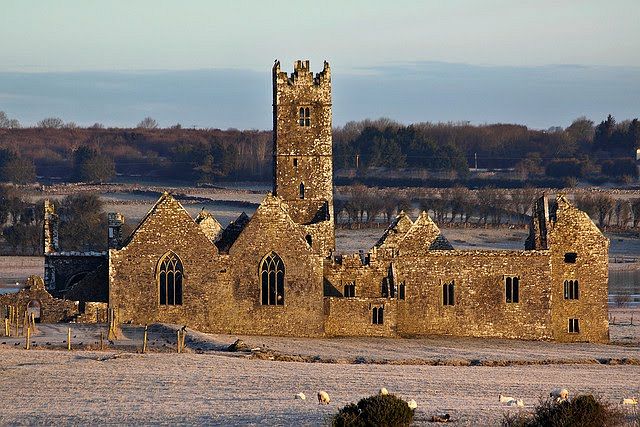
Francescussio Ghissi (Francesco di Cecco Ghissi) (1359-1395).







A fair Hebrew wife named Susanna was falsely accused by lecherous voyeurs. As she bathes in her garden, having sent her attendants away, two lustful elders secretly observe the lovely Susanna. When she makes her way back to her house, they accost her, threatening to claim that she was meeting a young man in the garden unless she agrees to have sex with them.
She refuses to be blackmailed and is arrested and about to be put to death for promiscuity when a young man named Daniel interrupts the proceedings, shouting that the elders should be questioned to prevent the death of an innocent. After being separated, the two men are cross-examined about details of what they saw but disagree about the tree under which Susanna supposedly met her lover. The first says they were under a mastic; the second says they were under an evergreen oak tree. The great difference in size between a mastic and an oak makes the elders’ lie plain to all the observers. The false accusers are put to death, and virtue triumphs.
(Book of Daniel, chapter 13).
At the photos below, Suzanna and the Elders depicted by:
Rembrandt (1606-1669)

Guido Reni (1575-1642)

Peter Paul Rubens (1577-1640)

Giovanni Battista Tiepolo (1696-1770)

Georg Pencz (1500-1550)

Guido Cagnacci (1601-1663)

Hendrik Goltzius (1558-1617)

Pieter Pietersz (1540-1603)

Ludovico Carracci (1555-1619)

Pietro della Vecchia (1603-1678)

Pompeo Batoni (1708-1787)

Tintoretto (c.1518-1594)

Paolo Veronese (1528-1588)

Giuseppe Bartolomeo Chiari (1654-1727)

Massimo Stanzione (1585-1656)

Jacob Jordaens (1593-1678)











The trifron, or more precisely, vultus trifrons is a visual representation of three faces in one, so that these three faces share four eyes. The meaning of this representation is mostly unclear – in most cases it is an artistic play.
In the history of art numerous examples are found and still preserved in the Romans and Celts, but also in Romanesque and high-Gothic churches. A few medieval frescoes with a clear reference to the Christian Trinity are also known: for example, in the church of San Nicola (Giornico) from the 15th century and in the St. Peter’s Basilica in Basel dating from the time around 1400.
















Pieter Bruegel the Elder (1525-1569).

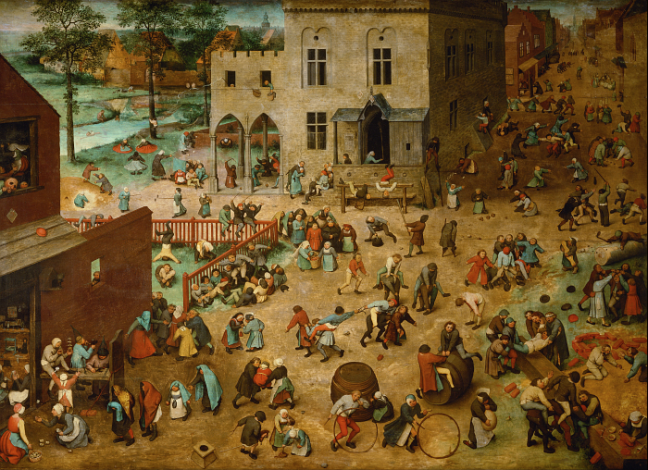
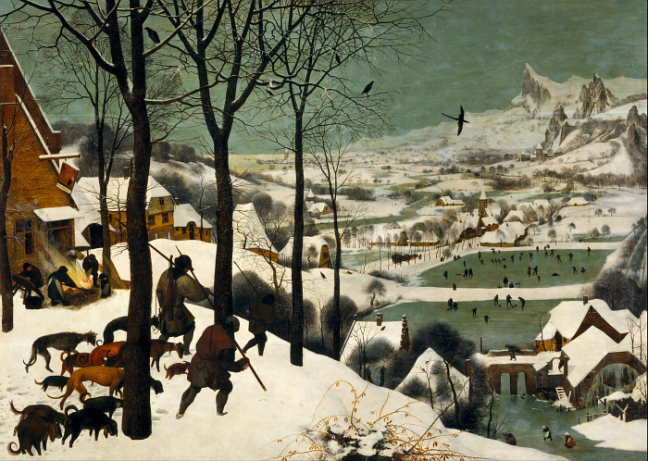


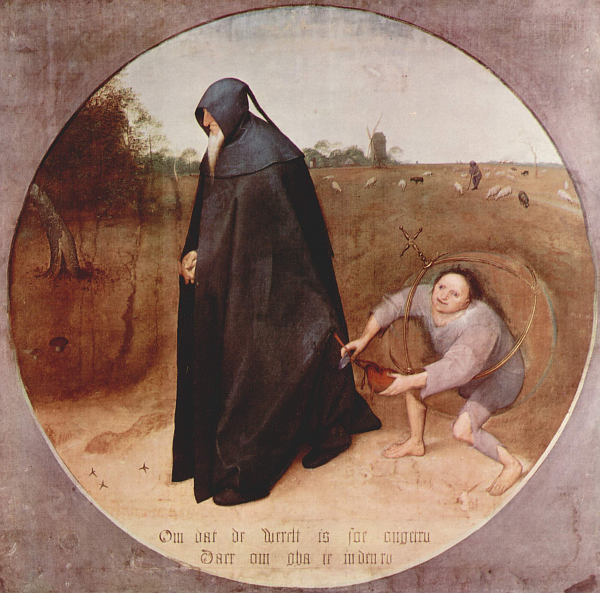





by Sandro Botticelli (1445-1510).
The “Mappa dell’Inferno” (“Map of Hell”) by Botticelli, regularly called “The Abyss of Hell” or “La voragine dell’Inferno” is one of the parchments that the famous Italian painter designed to illustrate an edition of The Divine Comedy by Dante Alighieri.
The structure of hell created by Dante and designed by Botticelli is shaped like an inverted cone—like a funnel—which degrades with its nine circles to the center of the Earth, in which Lucifer is embedded. In each circle, the damned are punished for a specific sin.

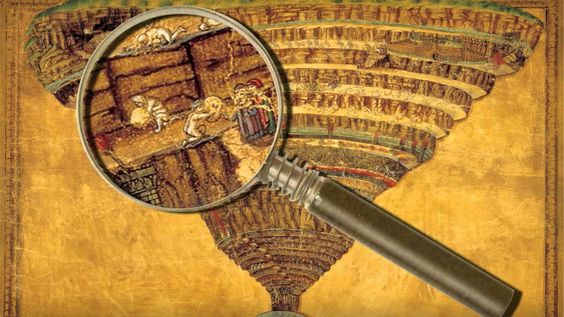

Cenni di Petro Cimabue (C.1240-1302).

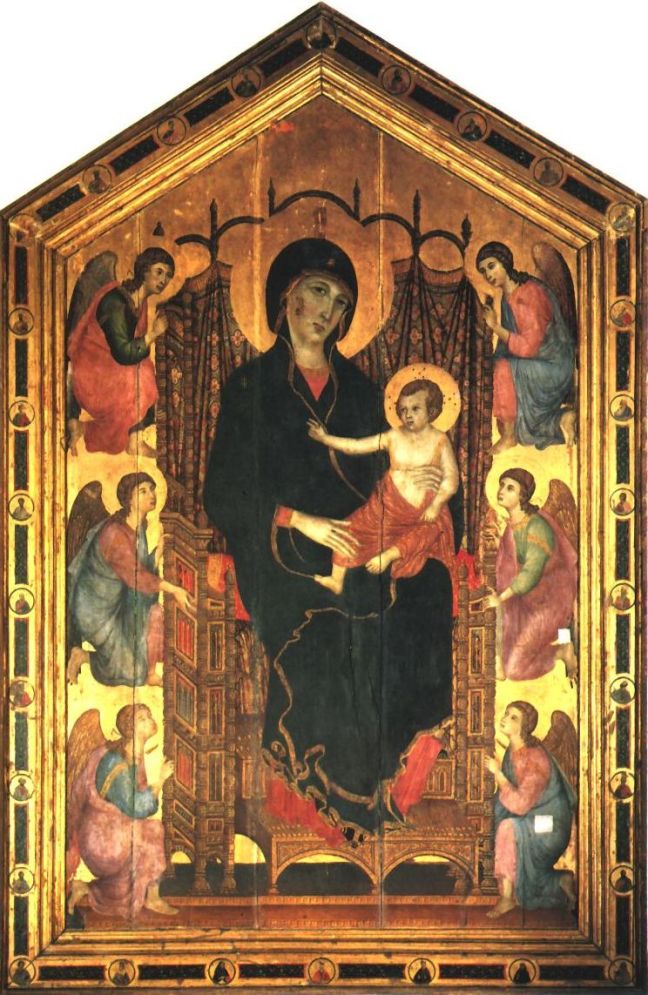
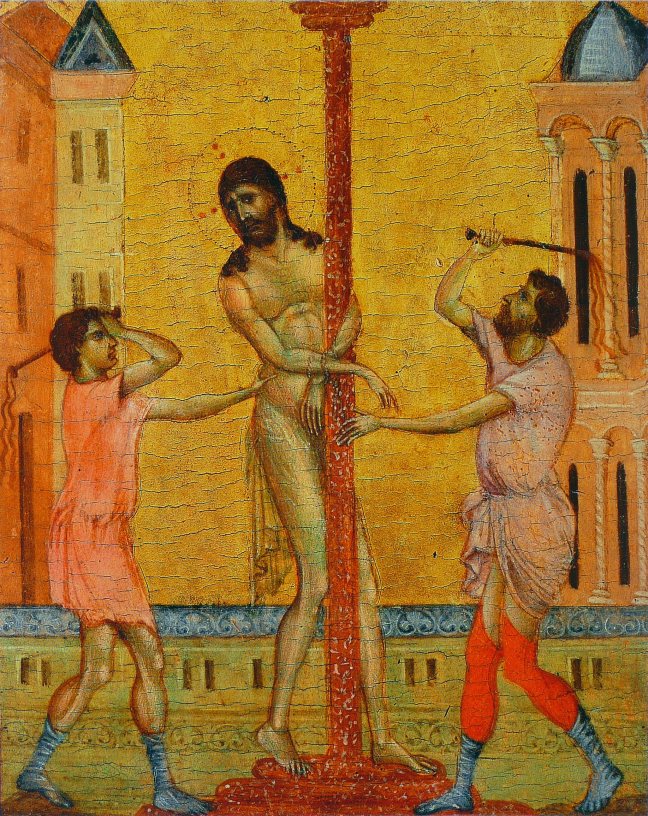

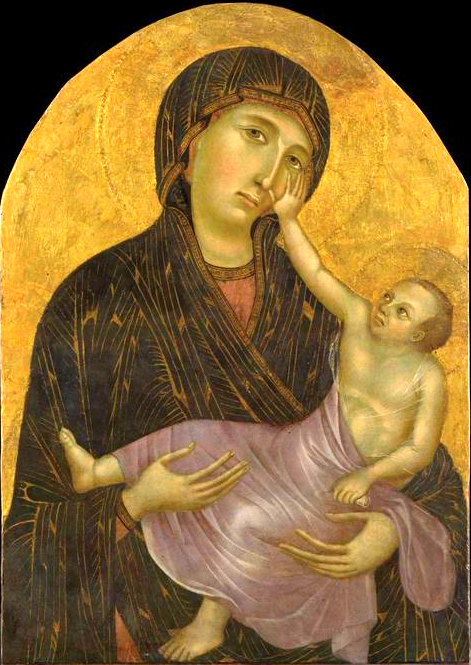
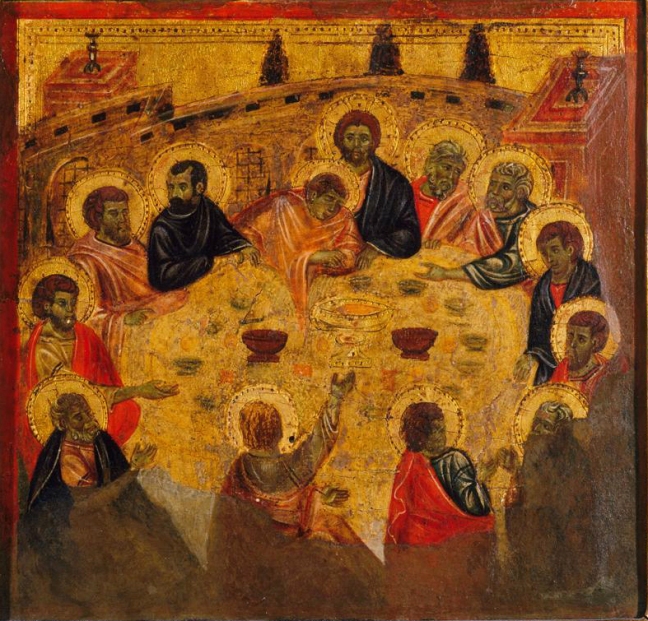
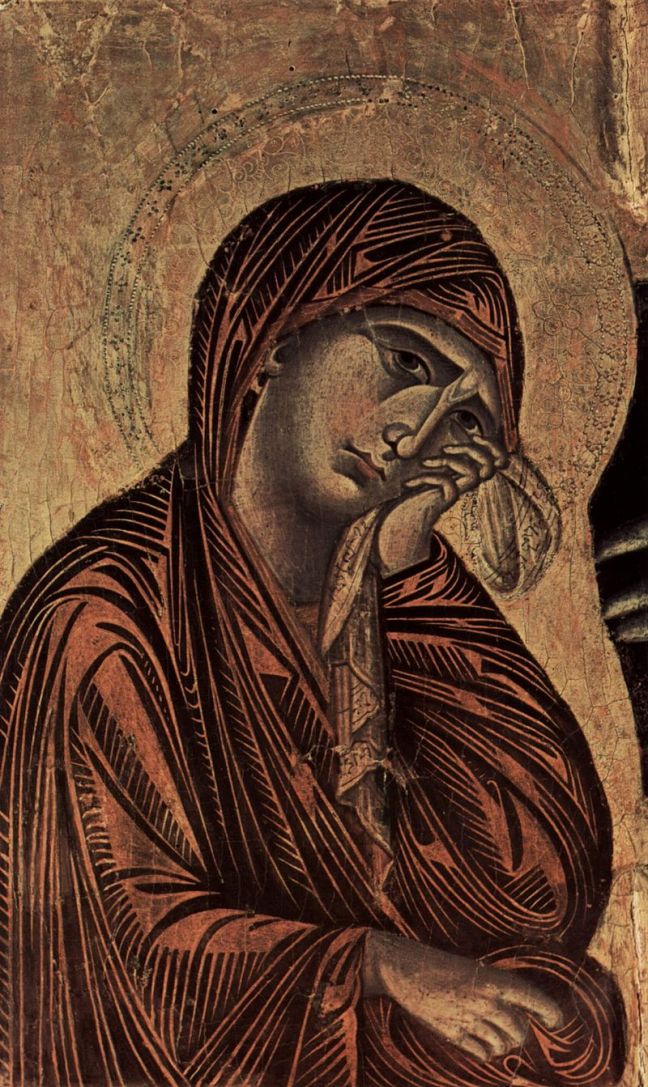
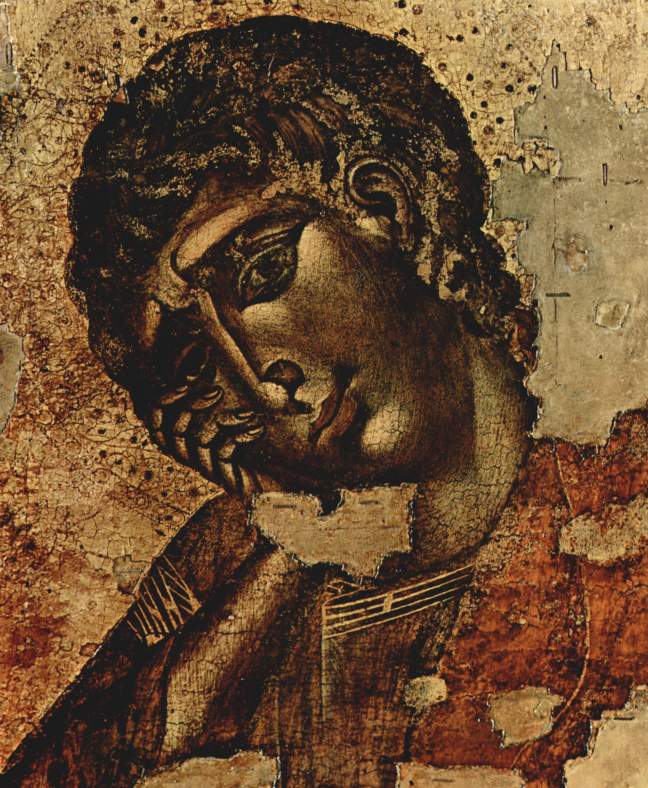
![]](https://beautybellezzabeaute.wordpress.com/wp-content/uploads/2016/07/unnamed-file.jpg?w=648)
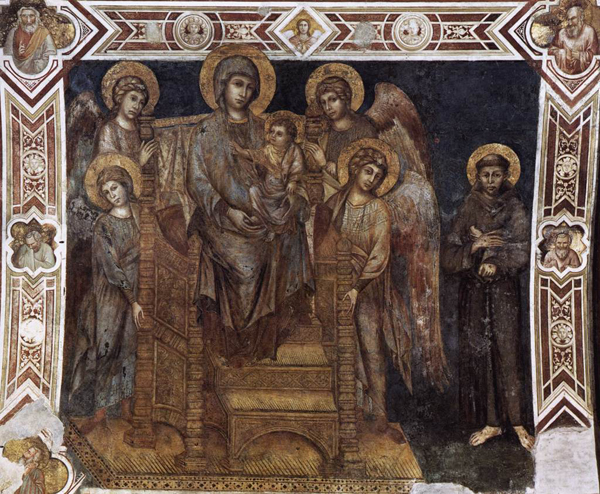

Lucas Cranach, the Elder (1472-1553).
![]](https://beautybellezzabeaute.wordpress.com/wp-content/uploads/2016/07/unnamed-file.png?w=648)
